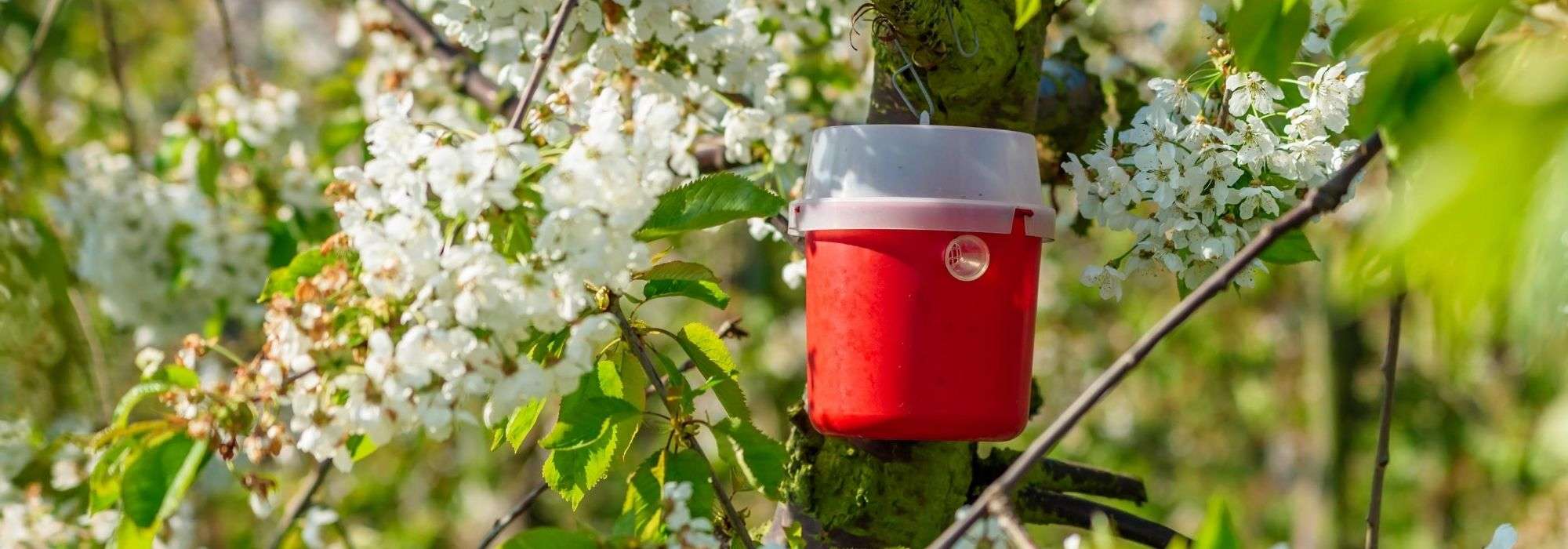
Pheromone traps: why and how to use them in the garden?
For effective organic control
Contents
Pheromone traps are highly effective at controlling outbreaks of damaging insect pests. Once used exclusively by producers and farmers in organic control, they are now making their way into our gardens. Pheromone traps are especially useful in orchards and vegetable gardens for a few specific insect species such as carrot flies, codling moths and pine processionary caterpillars. How do they work? Why and when to use them? We’ll explain all this in our advice sheet.
Pheromone traps: what are they?
To put it simply, pheromones are molecules, comparable to plant hormones, secreted by animals (including insects) to create chemical communication between members of the same species.
Among the many different pheromones, the best known are sexual pheromones secreted by female insects to attract males during reproduction.
In the garden, as in agriculture or arboriculture, this is precisely what we work with! Especially for certain butterflies and dipterans, in the form of “pheromone traps“. These pheromone traps are essentially made up of two elements: a diffuser of synthetic pheromones within a capsule and a capture system, often a kind of “funnel box” filled with water or fitted with a sticky plate.

Example of pheromone trap
These pheromone traps are used in organic farming or by those concerned for the environment because they are non-toxic and attract only the target species.
Pheromone traps: how to use them?
There are two main types of pheromone traps:
- Traps that capture: males are caught and can no longer mate. No more mating, no more devastating young larvae!
- Traps that alert: they also catch males but provide information on breeding period (flight period) and on number of males, allowing assessment of scale of forthcoming attack.
Obviously, if you want these traps to be effective, you must set them up before target insects’ breeding periods. But they must also be placed at insects’ breeding sites: on the right tree or bush and at about human height (between 1.5 and 2 m) or, in case of vegetable pests, in the centre of vegetable ranks, slightly above them.
Number of traps required varies depending on whether you want only light control or to combat overabundant insects. For control, one or two traps per garden will suffice; for active control, one trap per four trees is effective.
Discover other Insect traps and pheromones
View all →Pheromone traps: when to set them?
That will depend on species targeted, and therefore on their breeding period.
In vegetable patch
- Carrot fly: mid-April to July;
- Leek moth: March to April and June to August;
- Pea moth: April, at start of flowering;
- Cabbage moth: mid-May to early June;
- Tomato leafminer: April to September.
In orchard
- Codling moth (apple, pear and plum trees): mid-May to late August;
- Cherry fly: early May until harvest;
- Olive fly: late April to early August;
- Fruit thrips: once average temperature approaches 25 °C;
- Oriental fruit moth: March to October;
- Pine processionary caterpillar: June to August.
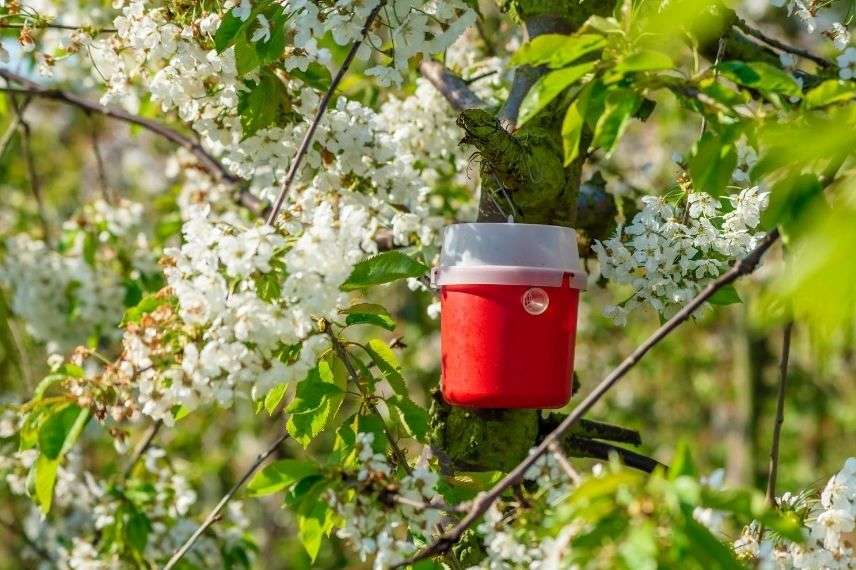
An example of a pheromone trap, here for cherry fly
In ornamental garden
- Cossus cossus (goat moth) for different essential oils: May to June
Warning: pheromone traps must be renewed each year to remain effective.
Oli's little note
Pheromone traps, although more ecological than other common extermination products, remain an attempt at ecocide targeted at a given species.
Admittedly, other representatives of fauna in your garden will not be directly affected because traps act only on a given species. But remember that species interact with one another through what are called trophic networks: essentially, individual 1 eats individual 2, which was intending to consume individual 3. Also bear in mind that insect species each have a role (sometimes little known) in nature: predation, food, host for parasitic organisms, but also pollination and movement of seeds, to name just the main examples.
In short, eradicating a species in a garden will lead to problems for other fauna and flora. Sometimes minor… sometimes dramatic… Think about it before acting!
It is always best to let nature regulate parasitic organisms, predators or pests. In a natural garden where fauna (and wild flora!) has its place, natural balance will be sufficient to keep everything in check.
- Subscribe!
- Contents
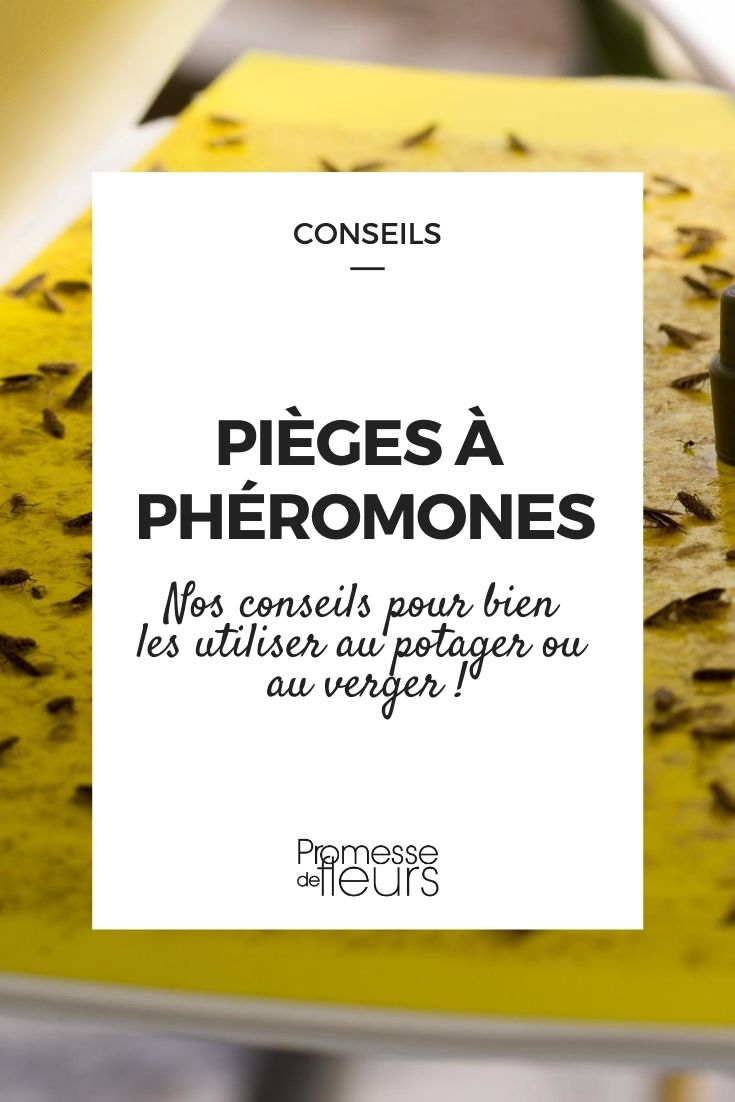































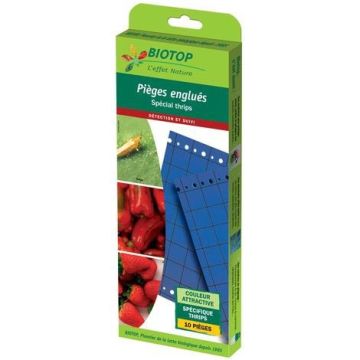
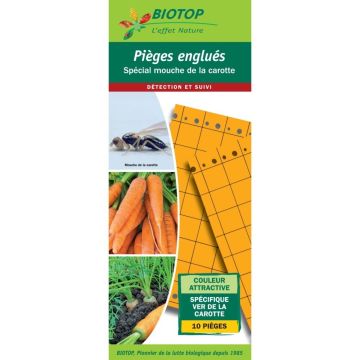
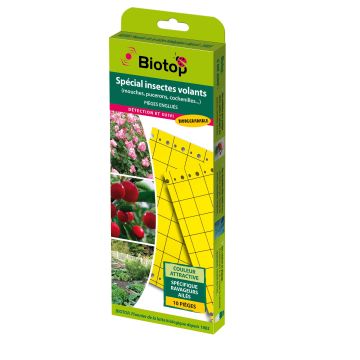
Comments